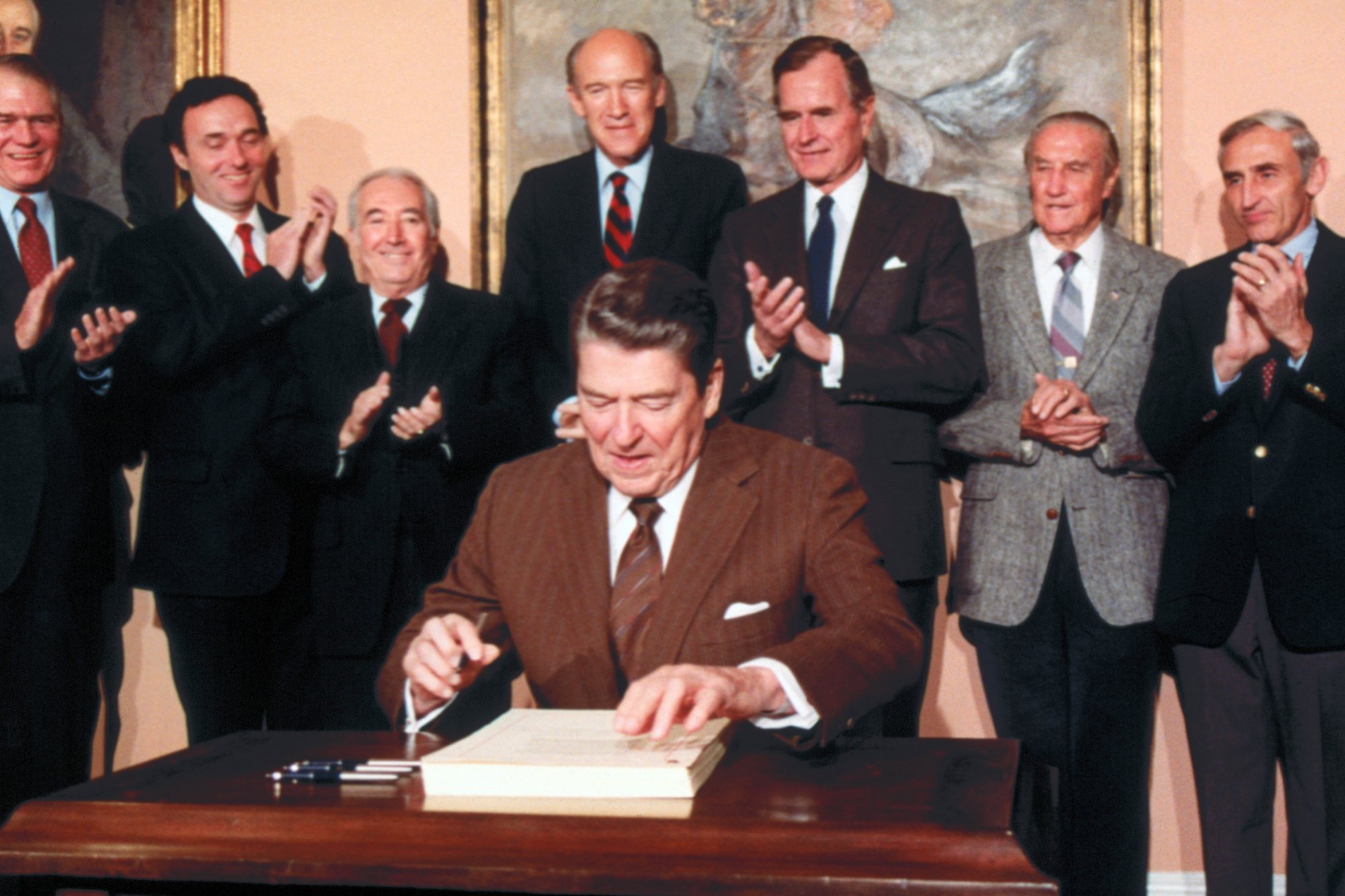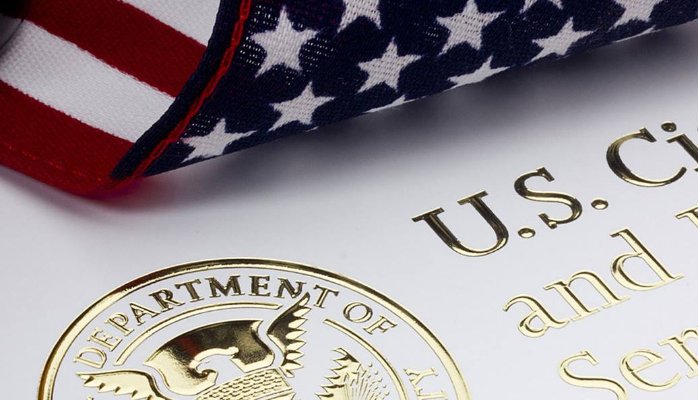Since the dawn of the United States, there have been a few tweaks to our immigrations laws. Some of them were more than just tweaks. They’ve shaped the modern state of affairs for would-be immigrants.
Safe to say, the United States might be the land of many cultures, but it isn’t an easy place to make your home.
Something tells me this year we will talk about immigration like never before. I can’t quite put my finger on it, but it’s imminent…
For this reason, it seems like a good time to look back at the ground we’ve traveled. Lest you were hoping for a saucy piece of color commentary, we’ll stick to the facts here. I lack the stamina for political debate.
Immigration, for our purposes, will include only the legal form, where one gets a U.S. passport. The process is long and stressful. It started not long after we sent the British packing.
The Beginning

(source: covenersleague.com)
The first immigration Act went into effect in 1790, named The Naturalization Act of 1790. Back then you only had to show that you’d resided in the country for two years.
This act was available to any free white person who qualified. Yup, you read that right. In 1795 we increased the number of years to five in the country, adding that you must give three years notice of your intentions to apply.
In ’78 those years increased to 14, with five years of notice. By 1802 someone figured out that the 1700’s plan was spinning out of control. We repealed the 1798 Act in 1802.
It took us 66 years to hammer out an amendment to cover naturalization, the 14th amendment. It protected children born in the United States as citizens. In a twist of irony, it was the 14th amendment that would allow the children of undocumented residents to become citizens.
After the 1868 amendment, it was 1870 before we naturalized African Americans, but not Asian Americans. They could live here, but not as citizens. Chinese immigrants, in particular, did not receive naturalization rights until 1943.
The Last Century

(source: 1950immigration.wordpress.com)
The U.S. filled the 20th century with court cases where we figured out just how to apply our immigration laws to every situation. Most of the conflict centered on biased considerations, relating to the heritage of people who would otherwise qualify for naturalization.
The strictest time of the 1900’s was when Hoover shut the doors of immigration during the Great Depression.
Nation by nation, the United States ended discriminations against every citizen until 1952, when we eliminated racial distinctions from the naturalization code.
The Simpson-Mazzoli Act

(source: thedailybeast.com)
It was 1986 when we passed the Simpson-Mazzoli Act. Ronald Regan was president. There were jellybeans everywhere. We also had a growing population of undocumented residents.
The Simpson-Mazzoli Act was a massive compromise, intended to ease the pressure from two angles. For residents who could prove they’d been stateside legally since January 1st of 1982, they would receive amnesty.
Also, we offered amnesty to some who had worked as agricultural workers. The flip side of the bill included seven provisions aimed at tightening the screws on further immigration.
The idea was these new Americans could join the tax-paying voters, stop taking jobs under the table for less pay. The other goal was to make employing undocumented employees unappealing. This was accomplished by other parts of the bills which increased the penalties for employing undocumented workers.
The bill wasn’t flawless. Some would argue it wasn’t even effective in achieving its goals, even destructive in some cases. One amnesty recipient, Mahmud Abouhalima, was the leader of the first World Trade Center bombing.
Continuing Amnesty

(source: linkedin.com)
In 1990, the USA passed another Immigration Act. We extended amnesty to some 160,000 spouse and minor children of aliens affected by the Simson-Mazzoli Act. That same 1990 Act included 350,000 illegals who disqualified the first time because they’d traveled abroad while in the U.S. illegally.
In ’94 there was another amnesty afforded to immigration law, called Section 245(i). It gave green cards (permanent residence) to immigrants who missed the 1986 qualifiers, so in effect, it was an extension.
In 1997 and 2000 we extended or rolled the 1986 act again, allowing amnesty for more immigrants who had either lapsed in their visas or has entered illegally.
In 1997 we also made an adjustment for Nicaraguans and Cubans who had lived in the U.S. since 1995. We called it The Nicaraguan Adjustment and Central American Relief Act (NACARA).
In 1998, we extended the same amnesty afforded in NACARA to Haitians, in The Haitian Refugee Immigration Fairness Act (HRIFA).

(source: commondreams.org)
What remains to be seen is what will happen in the coming years.
Regardless of where you stand on the issue, no doubt there is a conversation about to happen. The United States and presumably the world at large stands at the brink of immigration reform.
It’s an interesting story, one I would flip to the end if I could. I want to know… What will happen to our borders in 100 or 500-years? What will happen before we all die of old age?
We’re gonna find out the answers to some of those questions soon.

